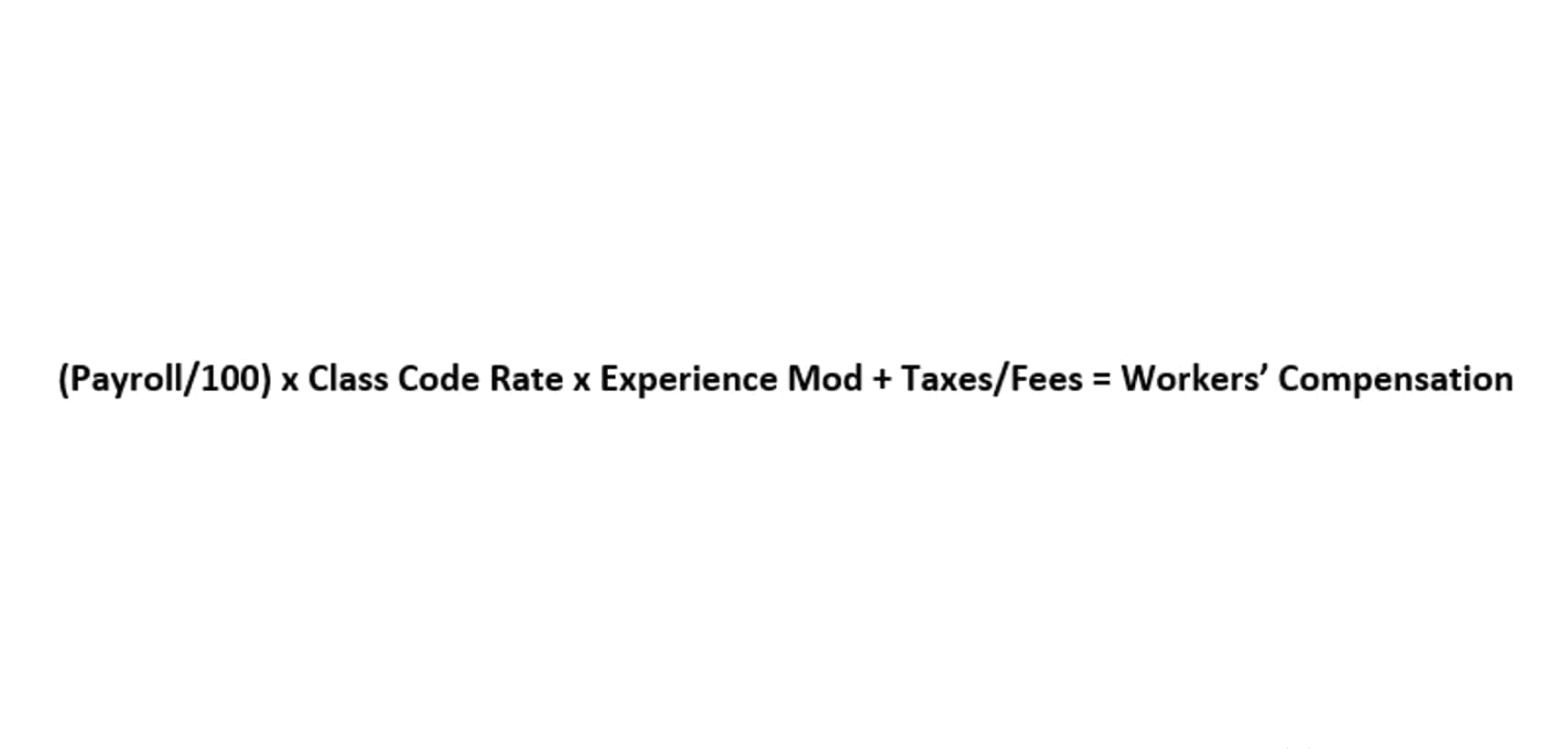The retail inventory method is an accounting method used to estimate the value of a store’s merchandise. The retail method provides the ending inventory balance for a store by measuring the cost of inventory relative to the price of the merchandise. Along with sales and inventory for a period, the retail inventory method uses the cost-to-retail ratio. The cash method of accounting is a simple accounting system where income is reported when cash is received and expenses are reported when cash leaves the business. Most businesses use the accrual method of accounting, which is required by law.
- If the request is denied, the back-up section 444 election must be activated (if the partnership, S corporation, or PSC otherwise qualifies).
- On the other hand, the fabric and other production materials are considered a raw material form of inventory.
- If you are required to make payments under workers’ compensation laws or in satisfaction of any tort liability, economic performance occurs as you make the payments.
- The information contained herein is not intended to be “written advice concerning one or more Federal tax matters” subject to the requirements of section 10.37(a)(2) of Treasury Department Circular 230.
Instead, you may be required to capitalize certain costs, as explained later under Uniform Capitalization Rules. Most individuals and many small businesses (as explained under Excluded Entities and Exceptions, later) use the cash method of accounting. Generally, if you produce, purchase, or sell merchandise, you must keep an inventory and use an accrual method for sales and purchases of merchandise. The retail inventory method calculates the ending inventory value by totaling the value of goods that are available for sale, which includes beginning inventory and any new purchases of inventory. Total sales for the period are subtracted from goods available for sale.
Types of Inventory
The quantity on the purchase order being negative is caused by creating an invoice or sales receipt before entering the corresponding purchase transactions. If you miscounted your physical inventory, especially if the quantity in QuickBooks would be different when the items have been billed. Even though you deleted the Purchase Order (PO), it will show as negative.
If you’re looking for accounting software that can track inventory for your business, be sure to check out The Ascent’s accounting software reviews. Using LIFO, because the $6 crystals were the last inventory items added before the customer’s purchase on January 20, they are the first ones sold. Inventory accounting is the valuation of inventory products for resale.
Whether you are starting your first company or you are a dedicated entrepreneur diving into a new venture, Bizfluent is here to equip you with the tactics, tools and information to establish and run your ventures. Let me guide you on how you can correct your inventory value to keep your financial data accurate in QuickBooks Online (QBO). To better understand the issue you mentioned regarding the account appearing negative, could you please provide some additional information or screenshots?
However, the reduced profit or earnings means the company would benefit from a lower tax liability. An inventory is necessary to clearly show income when the production, purchase, or sale of merchandise is an income-producing factor. If you must account for an inventory in your business, you must use an accrual method of accounting for your purchases and sales.
- If you’re in ecommerce, and the goods you sell are supplied directly from a third-party to the customer, then you don’t have inventory either.
- If your creditors or suppliers forgive part of what you owe them because of your inventory loss, this amount is treated as taxable income.
- Inventory accounting works by tracking inventory costs and recording inventory assets and the overall value of inventory at the beginning and end of an accounting period to determine the metrics of a business.
- There is an interplay between the inventory account and the cost of goods sold in the income statement — this is discussed in more detail below.
- All this information helps companies decide the needed margins to assign to each product or product type.
In accounting, inventory is considered a current asset because a company typically plans to sell the finished products within a year. Also called stock turnover, this is a metric that measures how much of a company’s inventory is sold, replaced, or used and how often. This figure provides insight into how profitable a company is and whether there are inefficiencies that need to be addressed. Finished goods are products that go through the production process, and are completed and ready for sale. Common examples of merchandise include electronics, clothes, and cars held by retailers. Consignment inventory is the inventory owned by the supplier/producer (generally a wholesaler) but held by a customer (generally a retailer).
Deloitte comment letter on tentative agenda decision on costs necessary to sell inventories
For purposes of the ownership test, a person is not considered an employee of a corporation unless that person performs more than minimal services for the corporation. Income is constructively received when an amount is credited to your account or made available to you without restriction. If you authorize someone to be your agent and receive income for you, you are considered to have received it when your agent receives it. Income is not constructively received if your control of its receipt is subject to substantial restrictions or limitations.
LIFO vs. FIFO: Inventory Valuation
An oil depot is able to store large amounts of inventory for extended periods of time, allowing it to wait for demand to pick up. In 2005 led to millions of pounds in damage and fines—there is no risk that the inventory will spoil or go out of style. The cost of ending inventory can change based on the cost flow assumption the company chooses to use. The goods that companies sell first and their relative costs when purchased affect the cost of what is leftover in inventory, as do the assumptions behind any estimates.
Each taxpayer must use a consistent accounting method, which is a set of rules for determining when to report income and expenses. The most commonly used accounting methods are the cash method and the accrual method. Higher sales (and thus higher cost of goods sold) leads david raissipour, senior vice president engineering & products, carbonite to draining the inventory account. The conceptual explanation for this is that raw materials, work-in-progress, and finished goods (current assets) are turned into revenue. The cost of goods flows to the income statement via the cost of goods sold (COGS) account.
If you are using the retail method and LIFO, adjust the inventory value, determined using the retail method, at the end of the year to reflect price changes since the close of the preceding year. Generally, to make this adjustment, you must develop your own retail price index based on an analysis of your own data under a method acceptable to the IRS. However, a department store using LIFO that offers a full line of merchandise for sale can use an inventory price index provided by the Bureau of Labor Statistics. Other sellers can use this index if they can demonstrate the index is accurate, reliable, and suitable for their use.
Both cost of goods sold and inventory valuation depend on accounting for inventory properly. She will need to use the weighted average costing method to determine the cost of units sold. Lisa calculates this number by taking the total inventory purchased in the year, $1250, dividing it by the total number of lipstick units, 90.
The First-In, First-Out (FIFO) method assumes that the first unit making its way into inventory–or the oldest inventory–is the sold first. For example, let’s say that a bakery produces 200 loaves of bread on Monday at a cost of $1 each, and 200 more on Tuesday at $1.25 each. FIFO states that if the bakery sold 200 loaves on Wednesday, the COGS (on the income statement) is $1 per loaf because that was the cost of each of the first loaves in inventory. The $1.25 loaves would be allocated to ending inventory (on the balance sheet).
Cost of Ending Inventory
If inflation were nonexistent, then all three of the inventory valuation methods would produce the same exact results. When prices are stable, our bakery example from earlier would be able to produce all of its bread loaves at $1, and LIFO, FIFO, and average cost would give us a cost of $1 per loaf. However, in the real world, prices tend to rise over the long term, which means that the choice of accounting method can affect the inventory valuation and profitability for the period. The significance of inventory for certain industries makes accounting and valuation a pertinent focus area.
What isn’t inventory?
Any insurance or other reimbursement you receive for the loss is taxable. The adjustments must be bona fide, consistent, and uniform and you must also exclude markups made to cancel or correct markdowns. The markups you include must be reduced by markdowns made to cancel or correct the markups. The LIFO (last-in first-out) method assumes the items of inventory you purchased or produced last are the first items you sold, consumed, or otherwise disposed of. Items included in closing inventory are considered to be from the opening inventory in the order of acquisition and from those acquired during the tax year. The method you use must conform to generally accepted accounting principles for similar businesses and must clearly reflect income.
Unlike IAS 2, US GAAP companies using either LIFO or the retail method compare the items’ cost to their market value, rather than NRV. You can figure the cost of goods on hand by either a perpetual or book inventory if inventory is kept by following sound accounting practices. Inventory accounts must be charged with the actual cost of goods purchased or produced and credited with the value of goods used, transferred, or sold. Credits must be determined on the basis of the actual cost of goods acquired during the year and their inventory value at the beginning of the tax year. Determine the relationship for this rule as of the end of the tax year for which the expense or interest would otherwise be deductible.
What Is Inventory Accounting?
The preceding results are consistent with a general rule that LIFO produces the lowest income (assuming rising prices, as was evident in the Gonzales example), FIFO the highest, and weighted average an amount in between. Because LIFO tends to depress profits, one may wonder why a company would select this option; the answer is sometimes driven by income tax considerations. Lower income produces a lower tax bill, thus companies will tend to prefer the LIFO choice. Usually, financial accounting methods do not have to conform to methods chosen for tax purposes. However, in the U.S., LIFO “conformity rules” generally require that LIFO be used for financial reporting if it is used for tax purposes.




